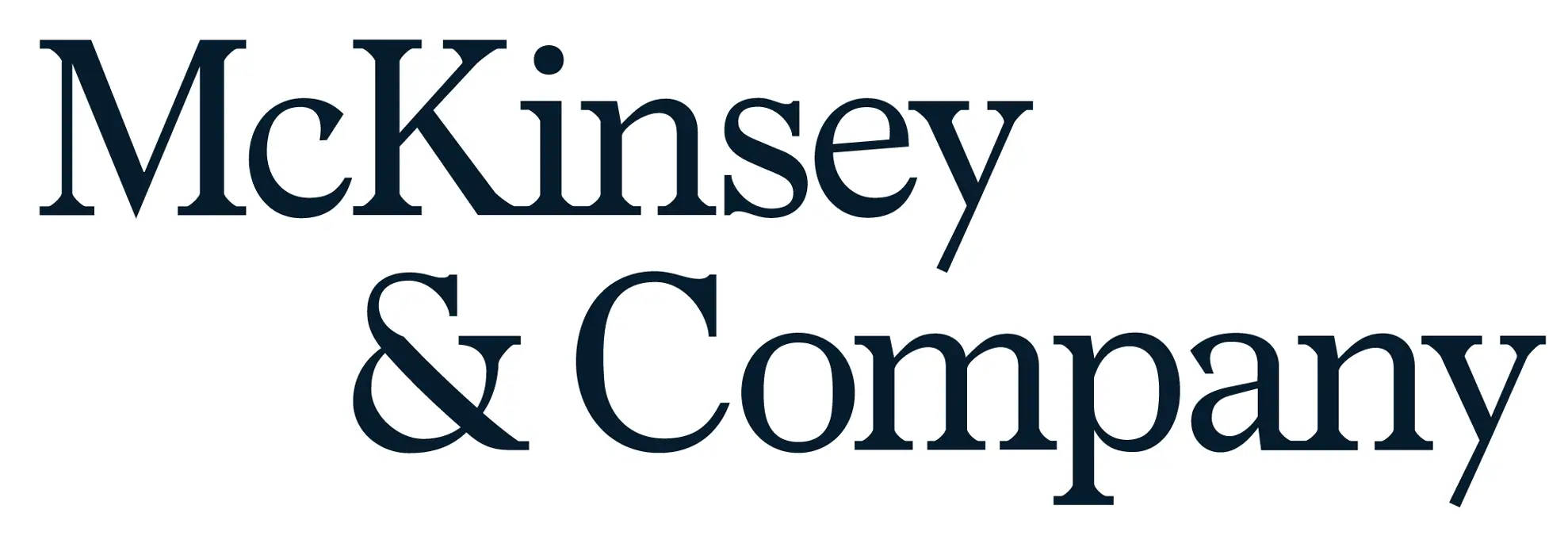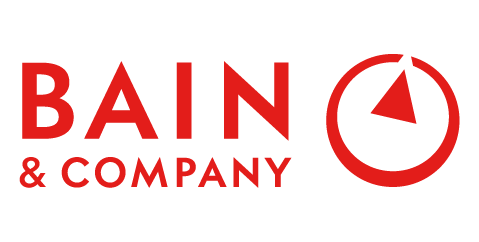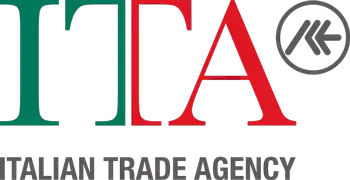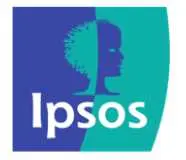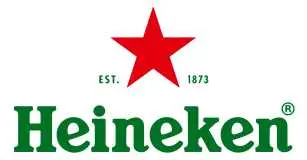
Cosmetic Preservatives Market Size, Trends, Growth, Revenue, Demand and Future Outlook
Cosmetic Preservatives Market Growth, Size, Trends Analysis - By Product, By Application - Regional Outlook, Competitive Strategies and Segment Forecast to 2034
| Published: Apr-2025 | Report ID: CHEM2531 | Pages: 1 - 261 | Formats*: |
| Category : Chemical & Materials | |||
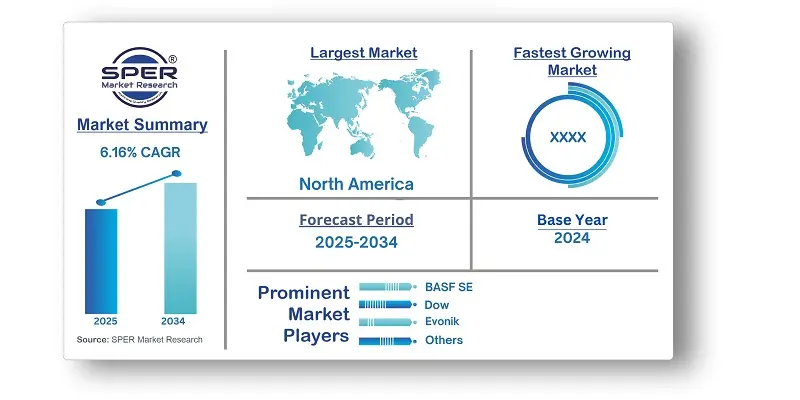
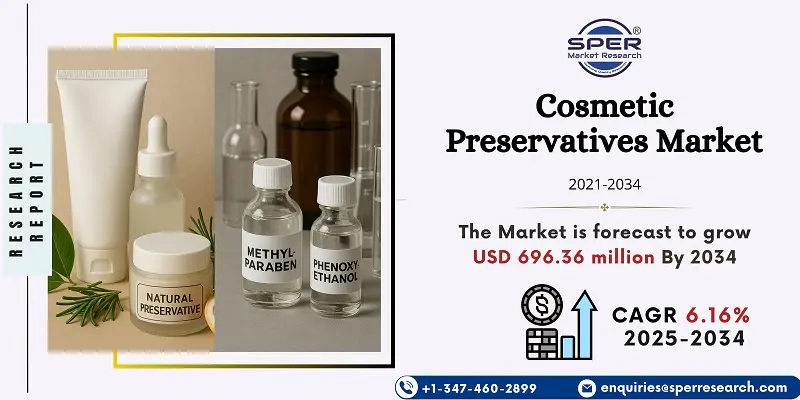
- In April 2024, CLARIANT has completed the acquisition of Lucas Meyer Cosmetics at roughly $810 million. This move was intended to strengthen Clariant's high-value cosmetics ingredient market portfolio and support its sustainability-driven growth strategy.
- In April 2024, Ashland has announced the introduction of new platform technologies targeted at improving sustainability and creativity in its product portfolio. The company focused on developing solutions that address environmental issues while also addressing customer objectives. This program demonstrates Ashland's dedication to responsible innovation in the chemical sector.
- In May 2023, Symrise has introduced two new products, SymDiol 68T and SymOcide PT, both of which include tropolone. SymDiol 68T is a multifunctional antioxidant that inhibits the growth of yeast, bacteria, and mold while also stabilizing emulsions. It is appropriate for usage in a variety of skincare, sun care, hair care, personal care, and color cosmetic goods. SymOcide PT, on the other hand, has antioxidant and antibacterial qualities, making it efficient against germs and fungus.
| Report Metric | Details |
| Market size available for years | 2021-2034 |
| Base year considered | 2024 |
| Forecast period | 2025-2034 |
| Segments covered | By Product, By Application. |
| Regions covered | North America, Latin America, Asia-Pacific, Europe, and Middle East & Africa. |
| Companies Covered | Arkema, Ashland, BASF SE, Brenntag SE, CHEMIPOL S.A., CLARIANT, Dow, Evonik, Lonza, Symrise. |
- Global Cosmetic Preservatives Market Size (FY’2021-FY’2034)
- Overview of Global Cosmetic Preservatives Market
- Segmentation of Global Cosmetic Preservatives Market By Product (Paraben Esters, Formaldehyde Donors, Phenol Derivatives, Alcohols, Quaternary Compounds, Organic Acids and Others)
- Segmentation of Global Cosmetic Preservatives Market By Application (Skin & Sun Care, Hair Care, Toiletries, Fragrances & Perfumes, Makeup & Color and Others)
- Statistical Snap of Global Cosmetic Preservatives Market
- Expansion Analysis of Global Cosmetic Preservatives Market
- Problems and Obstacles in Global Cosmetic Preservatives Market
- Competitive Landscape in the Global Cosmetic Preservatives Market
- Details on Current Investment in Global Cosmetic Preservatives Market
- Competitive Analysis of Global Cosmetic Preservatives Market
- Prominent Players in the Global Cosmetic Preservatives Market
- SWOT Analysis of Global Cosmetic Preservatives Market
- Global Cosmetic Preservatives Market Future Outlook and Projections (FY’2025-FY’2034)
- Recommendations from Analyst
1.1. Scope of the report1.2. Market segment analysis
2.1. Research data source
2.1.1. Secondary Data2.1.2. Primary Data2.1.3. SPERs internal database2.1.4. Premium insight from KOLs
2.2. Market size estimation
2.2.1. Top-down and Bottom-up approach
2.3. Data triangulation
4.1. Driver, Restraint, Opportunity and Challenges analysis
4.1.1. Drivers4.1.2. Restraints4.1.3. Opportunities4.1.4. Challenges
5.1. SWOT Analysis
5.1.1. Strengths5.1.2. Weaknesses5.1.3. Opportunities5.1.4. Threats
5.2. PESTEL Analysis
5.2.1. Political Landscape5.2.2. Economic Landscape5.2.3. Social Landscape5.2.4. Technological Landscape5.2.5. Environmental Landscape5.2.6. Legal Landscape
5.3. PORTERs Five Forces
5.3.1. Bargaining power of suppliers5.3.2. Bargaining power of buyers5.3.3. Threat of Substitute5.3.4. Threat of new entrant5.3.5. Competitive rivalry
5.4. Heat Map Analysis
6.1. Global Cosmetic Preservatives Market Manufacturing Base Distribution, Sales Area, Interface Type6.2. Mergers & Acquisitions, Partnerships, Interface Launch, and Collaboration in Global Cosmetic Preservatives Market
7.1. Paraben Esters7.2. Formaldehyde Donors7.3. Phenol Derivatives7.4. Alcohols7.5. Quaternary Compounds7.6. Organic Acids7.7. Others
8.1. Skin & Sun Care8.2. Hair Care8.3. Toiletries8.4. Fragrances & Perfumes8.5. Makeup & Color8.6. Others
9.1. Global Cosmetic Preservatives Market Size and Market Share
10.1. Asia-Pacific
10.1.1. Australia10.1.2. China10.1.3. India10.1.4. Japan10.1.5. South Korea10.1.6. Rest of Asia-Pacific
10.2. Europe
10.2.1. France10.2.2. Germany10.2.3. Italy10.2.4. Spain10.2.5. United Kingdom10.2.6. Rest of Europe
10.3. Middle East and Africa
10.3.1. Kingdom of Saudi Arabia10.3.2. United Arab Emirates10.3.3. Qatar10.3.4. South Africa10.3.5. Egypt10.3.6. Morocco10.3.7. Nigeria10.3.8. Rest of Middle-East and Africa
10.4. North America
10.4.1. Canada10.4.2. Mexico10.4.3. United States
10.5. Latin America
10.5.1. Argentina10.5.2. Brazil10.5.3. Rest of Latin America
11.1. Arkema
11.1.1. Company details11.1.2. Financial outlook11.1.3. Interface summary11.1.4. Recent developments
11.2. Ashland
11.2.1. Company details11.2.2. Financial outlook11.2.3. Interface summary11.2.4. Recent developments
11.3. BASF SE
11.3.1. Company details11.3.2. Financial outlook11.3.3. Interface summary11.3.4. Recent developments
11.4. Brentagg SE
11.4.1. Company details11.4.2. Financial outlook11.4.3. Interface summary11.4.4. Recent developments
11.5. CHEMIPOL S.A.
11.5.1. Company details11.5.2. Financial outlook11.5.3. Interface summary11.5.4. Recent developments
11.6. Clariant
11.6.1. Company details11.6.2. Financial outlook11.6.3. Interface summary11.6.4. Recent developments
11.7. Dow
11.7.1. Company details11.7.2. Financial outlook11.7.3. Interface summary11.7.4. Recent developments
11.8. Evonik
11.8.1. Company details11.8.2. Financial outlook11.8.3. Interface summary11.8.4. Recent developments
11.9. Lonza
11.9.1. Company details11.9.2. Financial outlook11.9.3. Interface summary11.9.4. Recent developments
11.10. Symrise
11.10.1. Company details11.10.2. Financial outlook11.10.3. Interface summary11.10.4. Recent developments
SPER Market Research’s methodology uses great emphasis on primary research to ensure that the market intelligence insights are up to date, reliable and accurate. Primary interviews are done with players involved in each phase of a supply chain to analyze the market forecasting. The secondary research method is used to help you fully understand how the future markets and the spending patterns look likes.
The report is based on in-depth qualitative and quantitative analysis of the Product Market. The quantitative analysis involves the application of various projection and sampling techniques. The qualitative analysis involves primary interviews, surveys, and vendor briefings. The data gathered as a result of these processes are validated through experts opinion. Our research methodology entails an ideal mixture of primary and secondary initiatives.
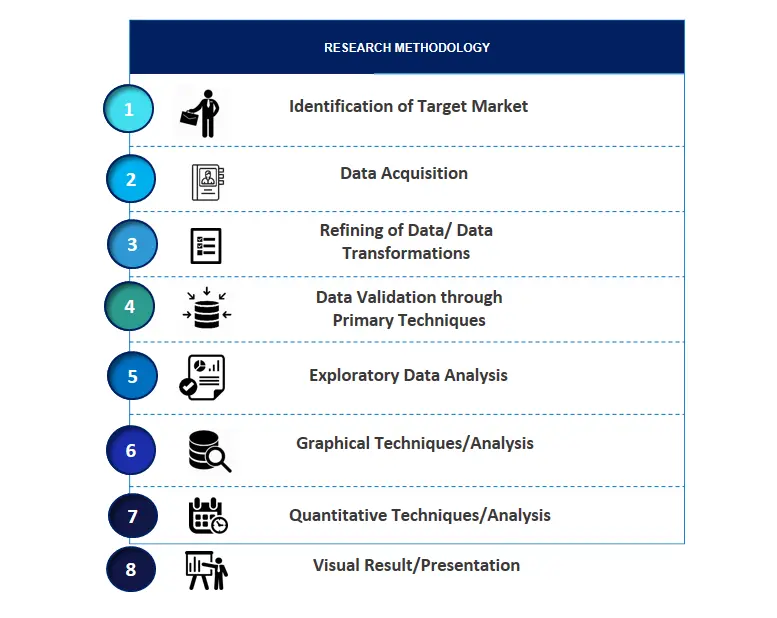
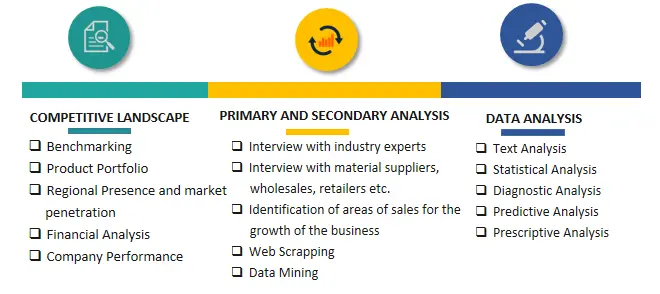

Frequently Asked Questions About This Report
PLACE AN ORDER
Year End Discount
Sample Report
Pre-Purchase Inquiry
NEED CUSTOMIZATION?
Request CustomizationCALL OR EMAIL US
100% Secure Payment
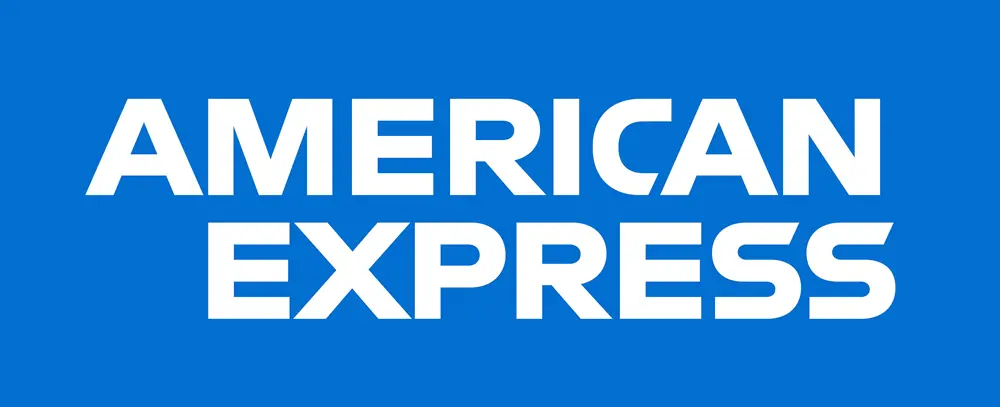





Related Reports
Our Global Clients
Our data-driven insights have influenced the strategy of 200+ reputed companies across the globe.






